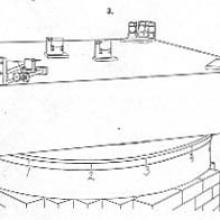The turn of the twentieth century is usually described as a crucial moment in the history of the physical sciences. One especially striking issue is the increasing number of techniques for investigating microphysical objects, with x-rays, electrons, and radioactivity among the most prominent. Sophisticated instruments and apparatus functioned as extensions of the sensorium and opened novel experiential spaces for scientists. These rare scientific experiences also challenged theory, putting new demands on those seeking to unify science. They induced among scientists an increasing reflexivity about their tools and methods and reshaped their sense of reality.
In this new world of scientific experience, physical scientists were confronted anew with an old debate concerning the relation between knowing and doing, and theory and experiment, which had accompanied the empirical sciences since their beginnings. According to the theoretical physicist Felix Auerbach, the various techniques applied by physicists to make the invisible visible were no longer mere practices of observation (such as those used in botany, astronomy etc): modern physics was, methodologically speaking, an engineering activity. “X-rays were not discovered by Röntgen,” he concluded, “but in the first place invented in his laboratory.” In the early twentieth century, some scholars began to use the term "invention" to refer to the working techniques applied in modern physical science. But the challenge was not limited to the physical sciences. It also had implications for mathematics, engineering, and the arts.
This project focused on a number of such techniques and their interrelations to understand how they changed scientists’ practice and their sense of reality. Furthermore, it investigated the role played by this change of experiential space in the reflexive turn in the sciences, formulated with astonishing clarity in the early writings of Ludwik Fleck, Michael Polanyi, and Gaston Bachelard.

